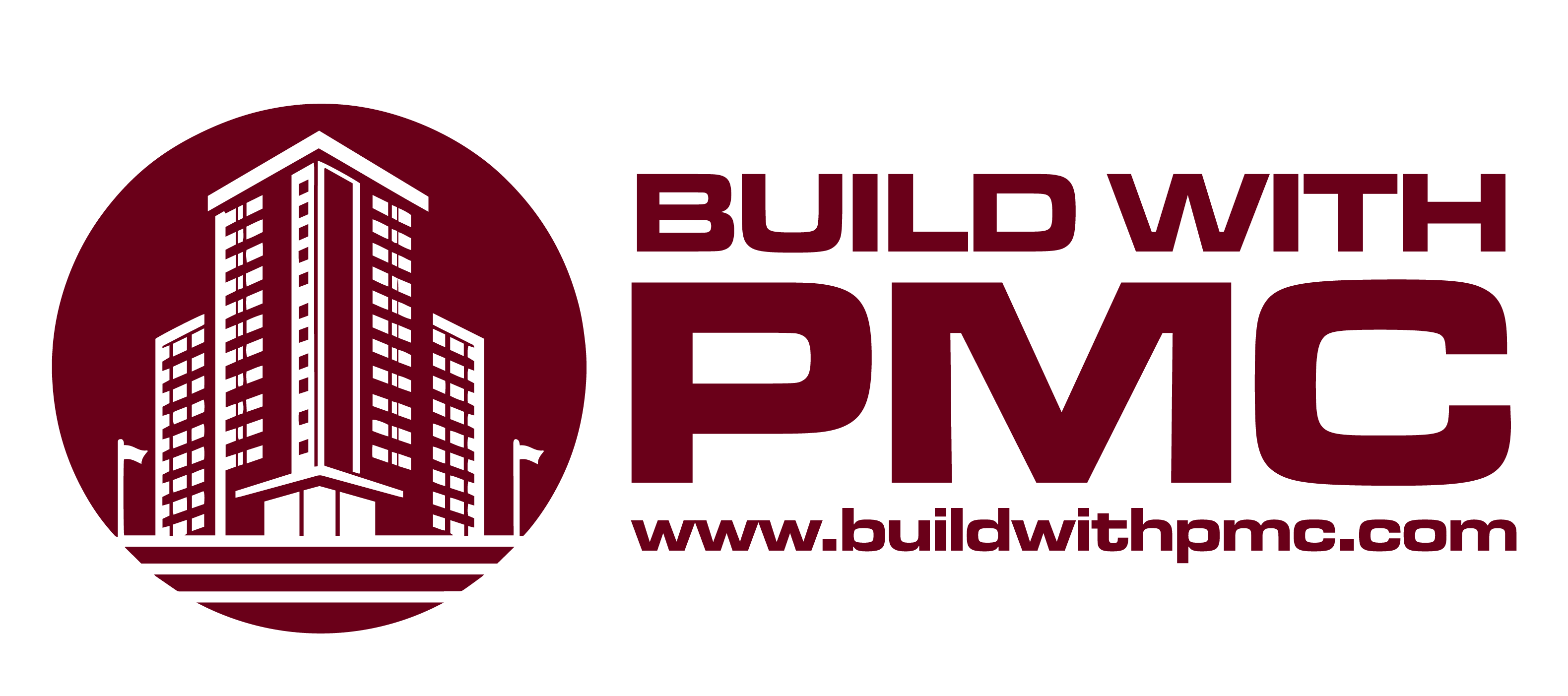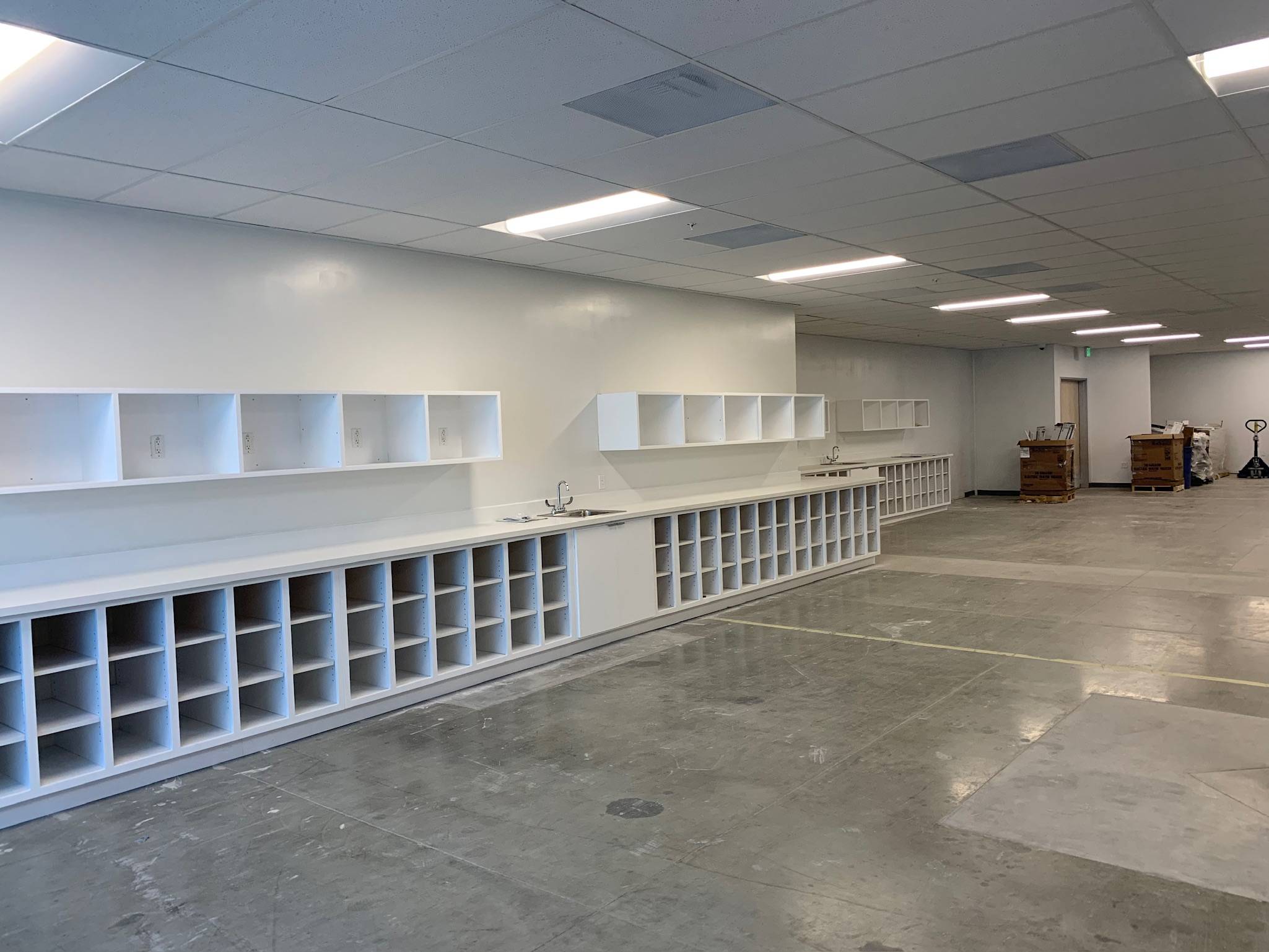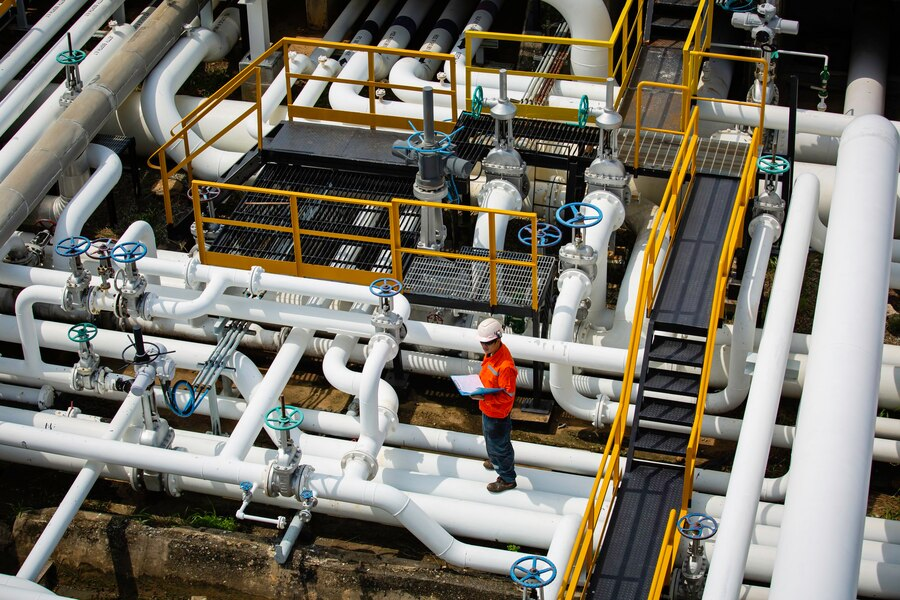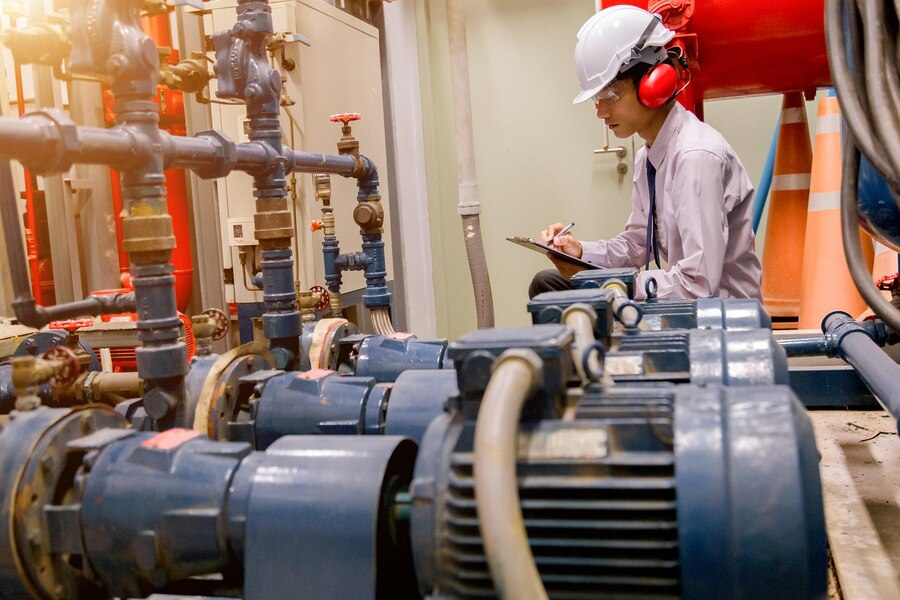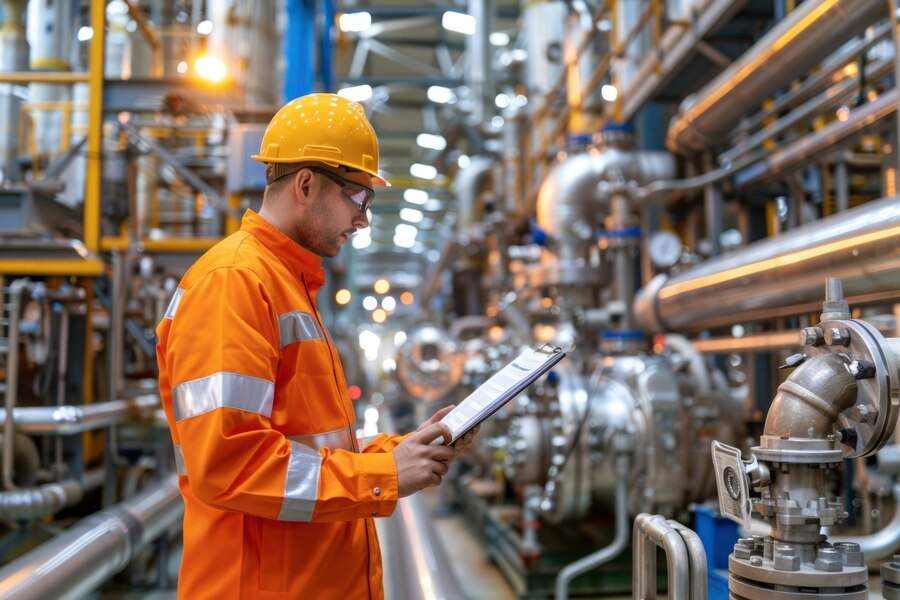In an age where sustainability is paramount, industries are continually seeking eco-friendly solutions to reduce their environmental footprint. One such innovation lies within the realm of commercial concrete usage. This versatile material, often synonymous with strength and durability, is undergoing a remarkable transformation towards greater eco-consciousness. In this blog, we delve into the manifold benefits of embracing eco-friendly commercial concrete. From reducing carbon emissions to minimizing waste, the advantages are multifaceted and far-reaching. Through technological advancements and innovative practices, the construction sector is witnessing a paradigm shift towards more sustainable alternatives without compromising on quality or performance.Join us as we explore how the adoption of eco-friendly commercial concrete not only meets the demands of modern construction but also fosters a greener, more sustainable future for generations to come.
Longevity and Sustainability: The Eco-Friendly Edge of Commercial Concrete
In the realm of sustainable construction, longevity and durability stand as cornerstones for eco-conscious practices. Commercial concrete emerges as a beacon of sustainability, offering unparalleled longevity and environmental benefits. Beyond its robustness, commercial concrete embodies eco-friendliness through its ability to minimize waste, conserve resources, and reduce carbon emissions. Let’s delve into how the longevity and sustainability of commercial concrete make it a pivotal player in building a greener future.
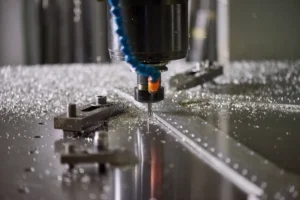
Durability that Lasts Generations
Commercial concrete boasts an exceptional lifespan, far surpassing many traditional building materials. Its innate strength and resilience ensure structures endure for generations, reducing the need for frequent replacements and minimizing resource consumption. From towering skyscrapers to intricate infrastructure, concrete stands the test of time, embodying sustainability through longevity.
Minimizing Environmental Impact
The durability of commercial concrete directly translates into a reduced environmental footprint. Unlike materials that require frequent maintenance or replacement, concrete structures minimize the consumption of raw materials, energy, and resources over their lifecycle. By choosing concrete, stakeholders contribute to sustainable construction practices by minimizing waste generation and conserving natural resources.
Lowering Carbon Emissions
Commercial concrete production emits significantly fewer carbon emissions compared to alternative building materials. Its manufacturing process relies on locally sourced materials and utilizes recycled aggregates, reducing transportation-related emissions. Moreover, concrete’s thermal properties contribute to energy efficiency, further mitigating carbon footprints throughout a building’s lifecycle.
Recyclability and Closed-Loop Systems
One of the hallmarks of sustainability is the ability to recycle and reuse materials. Commercial concrete excels in this regard, as it can be crushed and recycled as aggregate for new construction projects. This closed-loop recycling system minimizes waste generation, conserves natural resources, and reduces the environmental impact of construction activities, aligning with principles of circular economy.
Resilience to Natural Elements
The durability of commercial concrete extends beyond longevity; it also offers resilience to natural elements and extreme weather conditions. Concrete structures withstand harsh climates, seismic activity, and fire, providing a safe and secure environment for occupants. By building with concrete, stakeholders invest in infrastructure that can withstand the challenges posed by climate change, enhancing community resilience.
Building Resilience: How Commercial Concrete Enhances Disaster Preparedness
Commercial concrete is not just a building material; it’s a cornerstone of resilience in the face of disasters. Its robustness and durability make it a vital asset in disaster-prone areas, offering superior protection against natural hazards. Let’s explore how commercial concrete enhances disaster preparedness and safeguards communities.
- Structural Integrity Amidst Chaos: Commercial concrete structures withstand the forces of nature, from earthquakes to hurricanes, providing a safe haven during disasters. Its inherent strength and resilience minimize the risk of collapse, protecting lives and property even in the most challenging conditions.
- Fireproofing for Enhanced Safety: Concrete’s fire-resistant properties make it an ideal choice for buildings in fire-prone regions. By resisting high temperatures and preventing the spread of flames, concrete structures minimize fire-related damages and ensure the safety of occupants.
- Stability in Seismic Zones: In earthquake-prone areas, commercial concrete offers unmatched stability and seismic resistance. Its ability to absorb and dissipate seismic energy reduces the risk of structural failure, enhancing the resilience of buildings and infrastructure against earthquakes.
- Flood Resilience through Elevation: Elevated concrete structures mitigate the risk of flood damage by keeping vital infrastructure above floodwaters. By raising critical facilities such as hospitals and emergency shelters, commercial concrete contributes to flood resilience and ensures continuity of essential services during disasters.
Reducing Waste, Enhancing Sustainability: The Recyclability of Commercial Concrete
In the pursuit of sustainable construction practices, reducing waste and promoting recyclability are paramount. Commercial concrete, with its inherent ability to be recycled and reused, stands as a shining example of eco-friendliness in the construction industry. By embracing the recyclability of concrete, stakeholders not only minimize waste generation but also contribute to the conservation of natural resources and the promotion of a circular economy. Let’s explore how the recyclability of commercial concrete enhances sustainability and fosters a greener future.
Closed-Loop Recycling Process
Commercial concrete’s recyclability stems from its ability to be crushed and repurposed as aggregate for new construction projects. This closed-loop recycling process minimizes the need for raw materials extraction, reduces landfill waste, and conserves natural resources. By reincorporating recycled concrete into new structures, stakeholders actively participate in sustainable construction practices and promote resource efficiency.
Conserving Natural Resources
The recyclability of commercial concrete significantly reduces the demand for virgin aggregates, cement, and other primary materials. As a result, natural resources such as gravel, sand, and limestone are conserved, mitigating the environmental impact of resource extraction. By prioritizing recycled content in concrete production, stakeholders contribute to sustainable resource management and lessen the strain on ecosystems.
Energy Savings in Production
Utilizing recycled concrete in commercial construction projects also yields energy savings during production. Compared to the manufacturing of virgin concrete, incorporating recycled aggregates requires less energy and emits fewer carbon emissions. This energy-efficient approach aligns with sustainable development goals and promotes a more environmentally conscious construction industry.
Minimizing Construction Waste
The recyclability of commercial concrete plays a crucial role in minimizing construction waste generation. Rather than disposing of concrete debris in landfills, which contributes to environmental pollution and resource depletion, stakeholders can recycle it for future use. This reduction in waste not only conserves landfill space but also reduces the environmental impact associated with waste disposal.
Promoting Circular Economy Principles
Concrete’s recyclability embodies the principles of a circular economy, where materials are reused, recycled, and regenerated in a closed-loop system. By incorporating recycled content into concrete production and construction practices, stakeholders promote resource efficiency, waste reduction, and sustainable consumption patterns. This shift towards a circular economy model fosters resilience and long-term sustainability in the construction industry.
Conclusion
Opting for eco-friendly commercial concrete solutions not only benefits the environment but also offers numerous advantages for businesses. By reducing carbon emissions, minimizing waste, and promoting sustainable practices, companies can contribute to a greener future while enhancing their reputation and bottom line. From energy efficiency to durability, the eco-friendly benefits of commercial concrete are undeniable, making it a smart choice for construction projects of any scale.
For more information on how PMC INC can help you implement eco-friendly concrete solutions for your commercial projects in Southern California, feel free to contact us at 562-905-3101. Our team of experts is dedicated to providing sustainable construction options tailored to your needs. Let’s build a greener tomorrow together.
